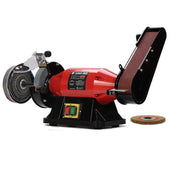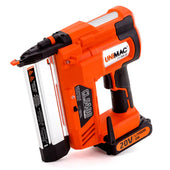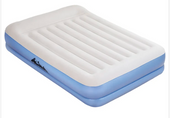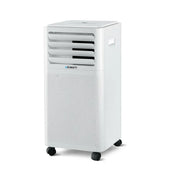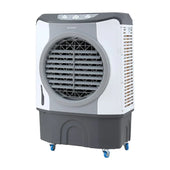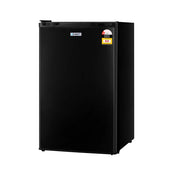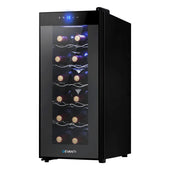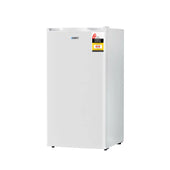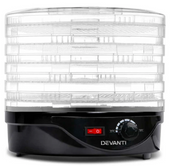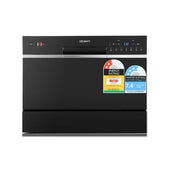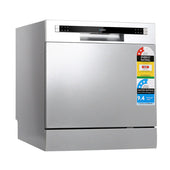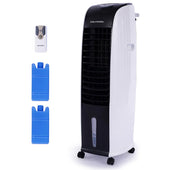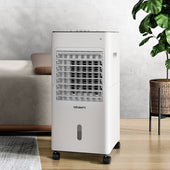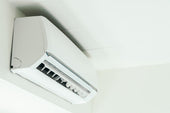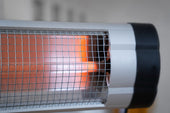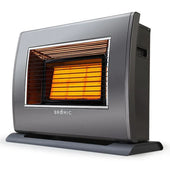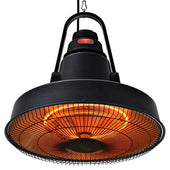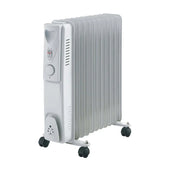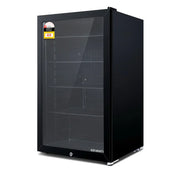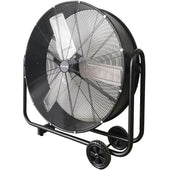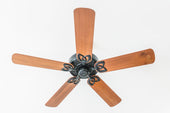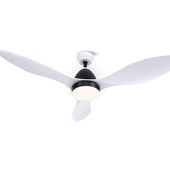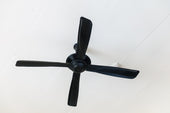Introduction to Selecting the Perfect Musical Keyboard
Choosing a musical keyboard involves understanding key factors that cater to individual needs and musical aspirations. The instrument’s features, design, and usability significantly impact the playing experience. Musicians must consider the range of keys, typically 49, 61, 76, or 88, depending on the required versatility. Touch sensitivity, which replicates the dynamics of acoustic pianos, is another critical factor.
Additionally, portability is essential for travelling performers, while built-in sounds and rhythms are beneficial for beginners or solo practice. Integration options, such as MIDI and USB connectivity, support seamless recording and collaboration. Prioritising these elements simplifies identifying the ideal keyboard for every musician's unique journey.
Key Considerations When Choosing a Keyboard for Any Skill Level
Selecting the right keyboard requires evaluating various factors to ensure it suits the player's needs, regardless of skill level.
- Number of Keys: For beginners, a 61-key keyboard may suffice; advanced players often prefer 88 keys for a full piano range.
- Key Action and Touch Sensitivity: Weighted keys simulate acoustic piano feel, ideal for performance and technique development.
- Sound Quality and Polyphony: High-quality sound sampling and polyphony (the number of simultaneous notes playable) ensure richer audio, beneficial to all levels.
- Portability and Size: Compact models suit smaller spaces or frequent travel.
- Features and Connectivity: Look for built-in rhythms, learning tools, and MIDI/USB connectivity for progressive skill-building.
Budget restraints must align with quality to guarantee lasting value.
Best Entry-Level Keyboards for Beginners
Entry-level keyboards cater to beginners by offering simplicity and essential features for learning. These keyboards should include touch-sensitive keys that mimic the dynamics of acoustic pianos, encouraging proper finger technique. Built-in learning tools, such as guided lessons or light-up keys, help novices grasp basic skills quickly. Portability is a vital factor, as lightweight and compact designs make practice convenient anywhere.
Beginners benefit from choices that have a wide range of preset tones, allowing exploration of various styles without overwhelming complexity. Additionally, USB connectivity is useful for accessing digital tools or lessons. Affordable pricing ensures accessibility for new learners seeking quality without compromising features.
Intermediate Keyboards for Budding Musicians
Intermediate keyboards cater perfectly to musicians advancing in their journey, offering features that bridge the gap between beginner and professional instruments. These models often include touch-sensitive keys, enabling dynamic expression by responding to the player’s pressure.
Many intermediate keyboards feature weighted or semi-weighted key actions, replicating the feel of an acoustic piano for more realistic playing. Arrayed functions such as built-in recording capabilities, multi-track sequencing, and MIDI compatibility foster creativity and experimentation.
Additionally, enhanced polyphony, allowing simultaneous notes, ensures complex compositions sound rich and clear. Integrated learning tools, such as light-up keys or tutorial modes, support skill development effectively.
Advanced Keyboards for Professional and Experienced Players
Professional keyboards cater to musicians requiring premium features that support creative depth and technical precision. Such models often provide weighted keys with graded hammer action, emulating the touch of an acoustic piano. Polyphony capabilities are significantly expansive, enabling simultaneous playback of multiple notes without sound dropouts.
Advanced sound engines deliver realistic tones across diverse instruments, while high-end synthesisers ensure rich audio customisation. MIDI connectivity allows seamless integration with digital audio workstations, ensuring flexibility for live performances and studio production. Additional tools such as assignable controls, touch-sensitive pads, and built-in sampling expand creative possibilities. Professionals also benefit from a robust build and intuitive user interfaces designed for high efficiency.
Top Digital Pianos for Versatility and Performance
Digital pianos excel in delivering realistic sound and flexible functionalities. Key models feature weighted keys to simulate an acoustic piano feel. Yamaha Clavinova series stands out for its versatility, offering authentic tones alongside modern touch control. Roland FP-90X provides advanced sound modelling, ideal for varied music genres. Bluetooth and USB connectivity expand possibilities, enabling seamless integration with software and apps.
Other notable options include Kawai ES920, praised for its studio-quality sound, and Casio Privia PX-S7000, known for portability and elegant design. Layering and split modes ensure adaptability for solo or ensemble performances. These models cater to both beginners and seasoned musicians alike.
Portable Keyboards for Musicians on the Go
Compact and lightweight design is crucial for portable keyboards, enabling musicians to carry them effortlessly between gigs, rehearsals, or travel destinations. Many modern portable keyboards include battery power options, eliminating reliance on mains electricity and adding flexibility for outdoor or remote performances.
Foldable designs or detachable components further enhance portability, while durable construction ensures that the keyboard withstands frequent transportation. Features like built-in speakers and headphone outputs offer convenience for practising anywhere.
Additionally, wireless connectivity options—such as Bluetooth MIDI—streamline integration with mobile devices or laptops on the go. These features cater perfectly to the dynamic needs of mobile musicians.
Weighted vs Unweighted Keys: What You Need to Know
When choosing a keyboard, understanding the difference between weighted and unweighted keys is crucial. Weighted keys mimic the feel of acoustic piano keys, requiring a firmer press and providing resistance that enhances finger strength and control. This feature benefits pianists seeking a realistic playing experience for dynamics and expression.
Unweighted keys, often found in synthesizers and entry-level keyboards, are lighter, facilitating quick and effortless play, ideal for fast-paced genres like pop or electronic music. Semi-weighted keys offer a middle ground, combining lightness with moderate resistance. Choosing the right type depends on personal preference, skill level, and playing style.
Keyboards With Advanced Features for Creative Expression
Modern musical keyboards are equipped with cutting-edge features to enhance creative expression. Advanced sound synthesis allows users to design unique tones, while sampling capabilities enable real-time incorporation of external audio. Polyphonic aftertouch permits nuanced control of each note’s dynamics, ensuring expressive performances. Integrated audio effects such as reverb, delay, and distortion offer easy manipulation of sound textures.
Top-tier keyboards often feature sequencers and arpeggiators, ideal for producing complex musical patterns effortlessly. Customisable MIDI controls ensure integration with digital workstations and versatile routing options. These keyboards also provide user-friendly interfaces, with high-resolution touchscreens and assignable knobs for enhanced workflow. Together, these features empower greater creative freedom.
Budget-Friendly vs High-End Musical Keyboards
When choosing between budget-friendly and high-end musical keyboards, one must weigh features against price. Budget keyboards often provide essential functionalities, including basic soundbanks, built-in speakers, and minimal connectivity options. These are ideal for beginners or casual players. High-end models, by contrast, offer premium features such as weighted keys for realistic touch, expansive polyphony, and advanced sound engines for superior tone quality.
High-end keyboards often include professional-grade MIDI capabilities, integrated recording systems, and extensive sound libraries. Budget models, while simpler, are typically portable and user-friendly. Understanding individual needs helps users decide between affordability or advanced performance.
Maintenance Tips and Tricks for Your Musical Keyboard
- Clean Regularly: Wipe the keys with a soft, damp cloth to prevent grime and dust from building up. For stubborn dirt, use gentle cleaning products designed for instruments.
- Protect from Dust: Use a keyboard cover when not in use to shield it from dust and debris.
- Proper Storage: Store the keyboard in a cool, dry place away from direct sunlight and moisture to avoid warping or damage.
- Avoid Liquids: Keep drinks and liquids far from the keyboard to prevent accidental spills that can harm the internal electronics.
- Inspect Cables and Connections: Regularly check power cords and output jacks for wear and tear to ensure reliable performance during use.
Final Thoughts and Buying Recommendations
When selecting a modern musical keyboard, buyers should prioritise features that align with their skills and goals. Keyboards with weighted or semi-weighted keys offer a more authentic piano feel, making them suitable for classical players. For electronic music enthusiasts, synthesiser capabilities and extensive sound libraries are essential. A wide range of connectivity options, including MIDI and USB ports, ensures seamless integration with software and other devices. Additionally, portability and build quality are crucial for musicians on the move or those performing live. Lastly, budget-focused buyers should evaluate brands offering robust features without compromising quality.

